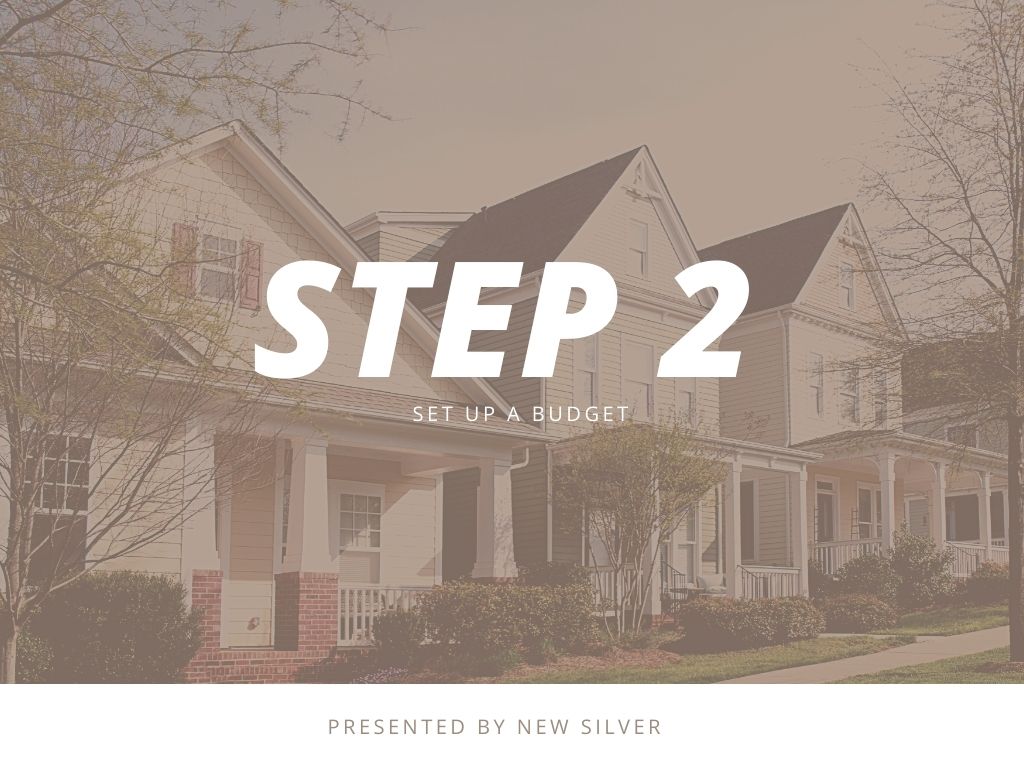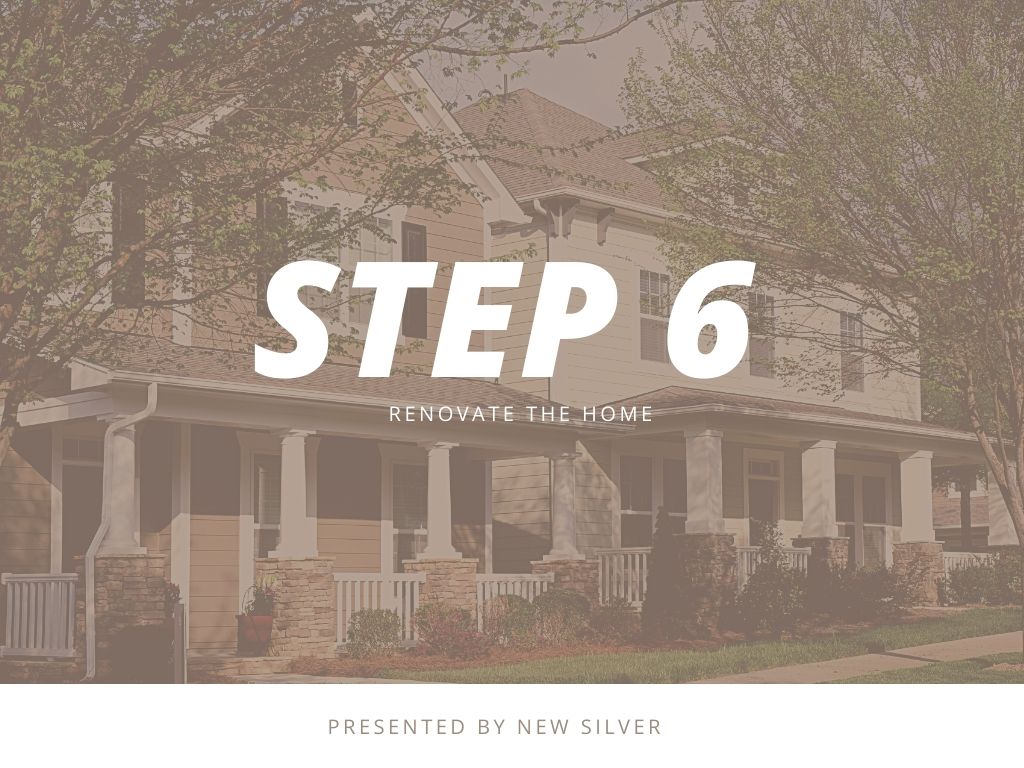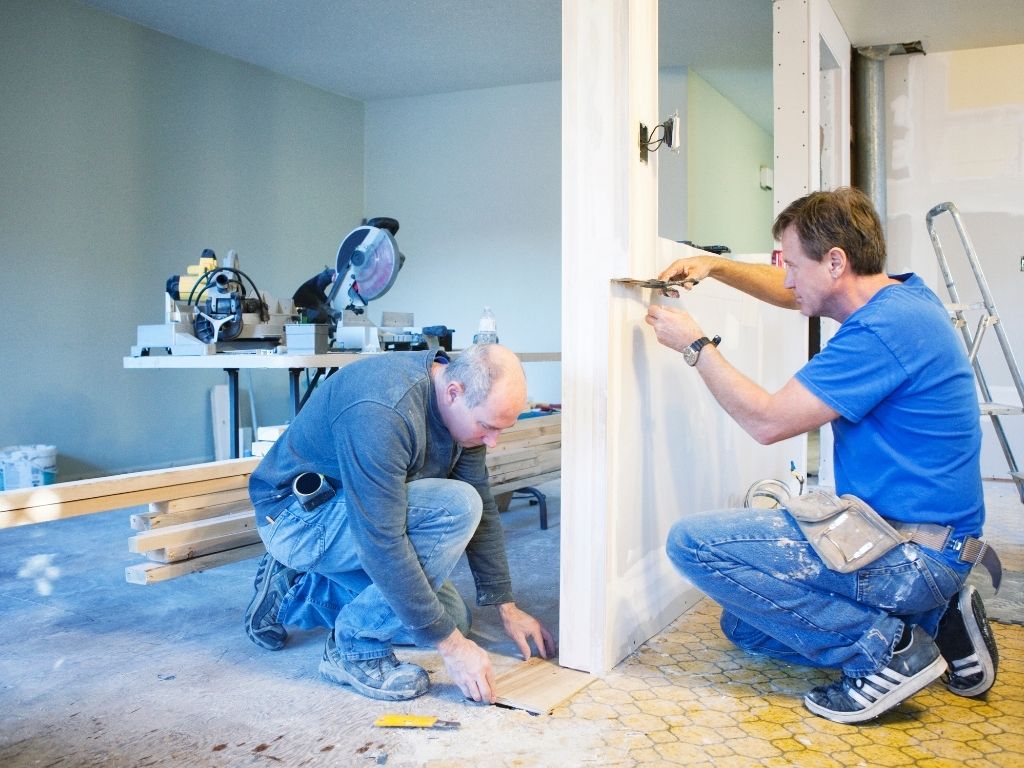Flipping houses can be a lucrative business for investors looking to get involved in real estate. The practice of house flipping describes the process of buying a home (usually distressed) with the end goal of renovating it and putting it back on to the market.
While it sounds straightforward on paper, and the potential for profit is good, it can also quickly lead to financial ruin if you jump into it without knowing what you are doing.
House flipping is an intense, active process that requires a lot of management from the investor. It doesn’t hurt to have some previous experience working with home renovations or some decorative instincts, but these are things you can also learn on the way. Other important traits will include a good eye for a deal, willingness to work hard, and the ability to keep to a strict budget. It can be a side project, but it’s also suitable for a full-time business and career.
The recent pandemic has caused interest rates to drop down to their lowest point in years, making now a great time to purchase a home using external funding.
This is everything you need to start flipping houses this year:
Table of Contents
Starting Step By Step
House flipping isn’t about going out and buying the first house you see. You’ll have to specialize in looking for the types of homes that other home buyers aren’t paying attention to. The key is to take unwanted homes that are still salvageable and to turn them into properties that will bring in lots of offers and a solid asking price.
Next, we’ll be talking about the different steps that you need to pursue if you want to start flipping houses.
Step 1: Get Familiar With The Markets

As mentioned above, it’s not quite as easy as going into a random neighborhood and buying the first available house. Some markets offer the ideal environment to purchase and renovate houses in, while others are better suited to other types of real estate investment such as buying and holding.
The first thing you need to consider is what is the nicest neighborhood than you can afford to work in. If you only have a few thousand dollars available to work with, you don’t want to dive headfirst into an expensive market where homes are priced at over $700,000. Working within your budget can, however, limit how far you can go with this type of investment. There are loans that can be used to extend your funds – we’ll be covering these in more detail below.
Let’s talk in more detail about what type of markets are best for your first house flip. Real estate investors typically rank neighborhoods using different criteria, ranging from A to D. A-class properties are the top of the market, homes found in the wealthiest neighborhoods, while B-class neighborhoods are more middle class. C-class neighborhoods are typically more working-class, while D-class neighborhoods are for low-income families.
As a house flipper getting started, you should start by focusing on class B or class C neighborhoods. Some investors specialize in D-class neighborhoods, but these can come with their own risks and are not necessarily the best thing for a newbie to take on.
Lastly, besides general affordability, you also need to think about convenience. If you plan on managing the flip yourself, it has to be located somewhere that makes sense for you to visit several times a week. Buying into neighborhoods you know personally can also give you that extra edge and save you the effort of having to screen multiple different ones.
Step 2: Setting Up A Budget

Once you have a neighborhood in mind, you need to finish setting up your budget. Your budget should ideally also include a general timeline and projected scope.
Quantify how much you can actively invest right now, versus how much you need to cover your monthly expenses. How much can you spend on a property without overdrawing yourself?
Next, you need to think about the scope of the project. For investors that are flipping a house for the first time, it’s key not to commit to projects that are too intensive. As a less experienced house flipper, you want to try and start with a home that needs cosmetic renovations more than it needs structural updates. Painting and repairing some basics like cupboards and flooring is less intensive than having to redo the entire electrical or plumbing system.
The goal with a flip is to keep to budget and schedule, which is much easier when you’re dealing with lighter renovations. The faster you complete your renovations and resell the property, the more profit you will ultimately retain from the project.
Step 3: Financing Your Flips

Very few investors have the funds available to go out there and purchase a home outright. The majority of flips are funded using specific types of financing known as hard money loans or collateral-based loans.
Securing funding from a lender in this line can go a long way towards the success of your project. Before making your first offer, you need to have funding secured or risk losing the deal to another investor.
New Silver is an established lender focused on providing lending services and financial solutions for real estate investors in various states across the U.S and provides real estate entrepreneurs with quick and reliable funding for residential and small balance commercial projects. In addition to that, New Silver has recently made available a number of complementary products such as FlipScout which makes it easy to locate properties with high flipping potential across the country.
The lender also offers an instant proof of funds letter, which can make a deal. This letter is additional security when you make your real estate purchasing offer, and shows the seller an assurance that you have the funds available to close quickly. A move like this can make your offer stand out from the competition.
Step 4: Build Your Real Estate Team

Even the most experienced house flippers with long track records of DIYing will use the help of other real estate professionals to successfully complete their projects.
You’ll want to acquire a contractor with a solid track record and many previous testimonials. They’ll be able to guide you on best practices, provide pricing quotes and help you keep the renovations within your planned timeline.
Aside from a good general contractor, you’ll also want to look for an electrician, plumber, HVAC expert, and other general handymen in your chosen property’s neighborhood. Painting is something that you can do yourself with relative ease to save on the cost of labor, but you can choose to contract this in too.
It’s essential to vet the professionals you work with carefully. If you plan to start flipping houses on the regular, you’ll be using the help of these contractors for an extended period of time.
Step 5: Buying The Right Property

On to what is perhaps the most important step: finding a good property deal. The flips are typically houses that are below the current market value for that area but have margins that are good enough to cover your expenses.
There are several ways to find the right property to flip. We’ve already mentioned FlipScout above, which is an easy, online way to find properties that make sense to house flippers. But what if you want to go offline instead?
You could decide to work with a realtor to find a suitable home, or you could attend bank auctions or foreclosure auctions. Off-the-market deals are another option, involving contacting the owners of properties directly and trying to incentivize them to sell their homes to you. This is a longer game but can lead to more exclusive deals with no competing offers to worry about.
There’s an old saying in house flipping that dictates that you should look for the worst house on the best street. Try to keep this in mind when choosing the property you want to make an offer on.
Step 6: Renovating The Property

Once you’ve acquired the home, it’s finally time to get your hands dirty. At this point, renovations need to start and be managed carefully. The last thing you want is to go over budget, over time, or to add unnecessary renovations. Remember that every day you are working on the property is another day that you are responsible for interest, carrying costs, and other expenses related to owning the home. This is one of the reasons why speed is so essential in house flipping.
The best way to handle renovations is to focus on the spaces that are most important to potential buyers. Kitchens, bathrooms, walls, and floors are the aspects of the home that buyers pay the most attention to when viewing, so focusing your attention here can really pay off.
Try to work within your budget without cutting corners or failing at quality. There are many ways to keep costs lower while you’re renovating. Take kitchen cabinets for example – instead of replacing them completely, you could paint them, add contact paper to the insides and add new handles. Be creative and see where you can make the property beautiful without hurting your pocket.
Step 7: Sell The Home

When your renovations are complete and a home inspector has signed off on everything, you’ll be free to put the property onto the market. This will require you to take property photos, create an online listing, and start hosting viewings. If you’re working with a realtor, they’ll take over these tasks at an additional cost.
You’ll want to think about how you want to price the completed home. This can be a bit tricky, but try to consult with a property appraiser, your realtor, and do an analysis of the neighborhood the house is located in. Comparable homes can be used as a foundation, and professionals can help you finalize the price that will help you make the best profits.
At this point, you’ll be responsible for carrying costs, and the costs associated with working with a realtor. It might seem like a lot, but try to reserve some funds to keep the outside of the property looking attractive. Landscaping and general maintenance will go a long way towards improving curb appeal.
Learning how to flip houses can be a challenging process, but it’s also a rewarding one. Once you understand the general process and have successfully completed a project, it will get easier and easier to take on the next ones.

